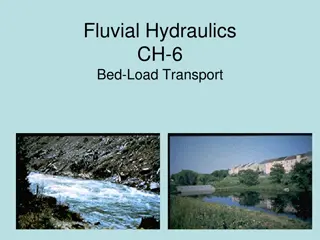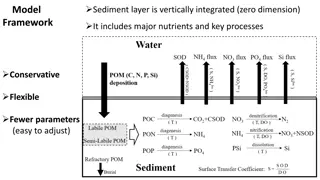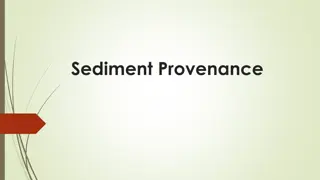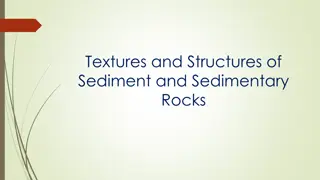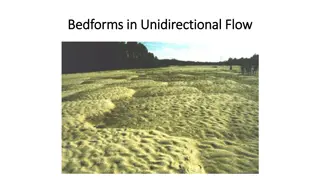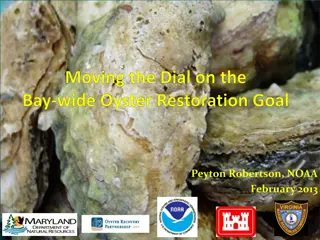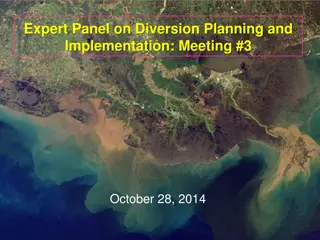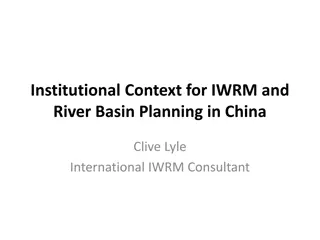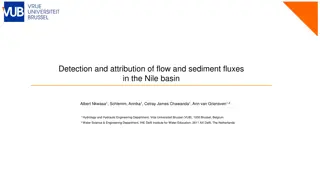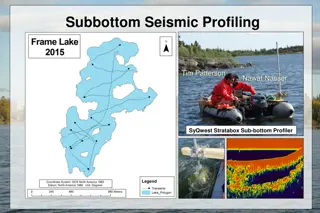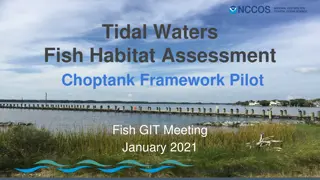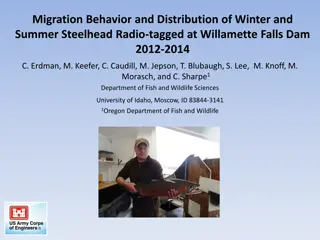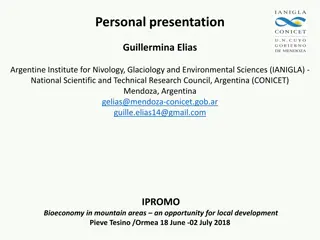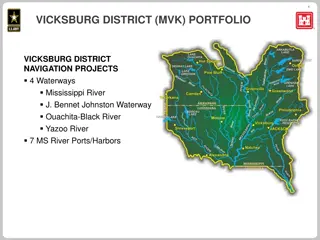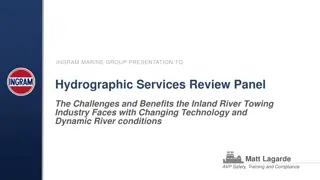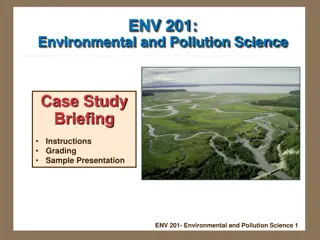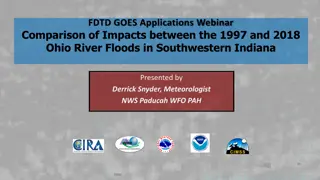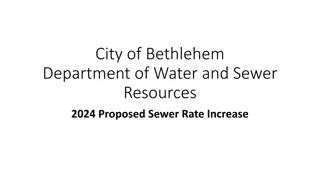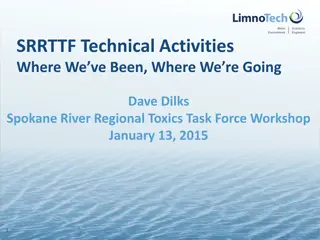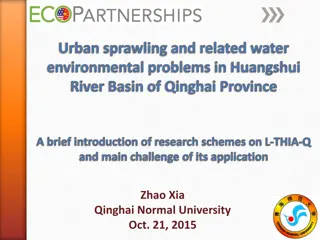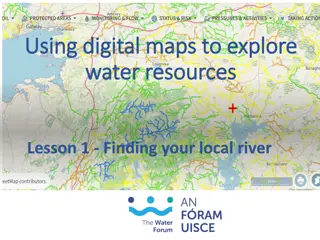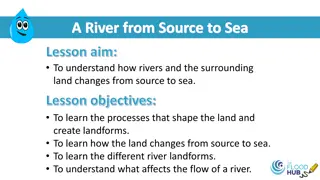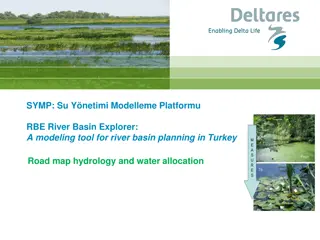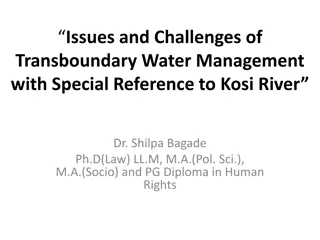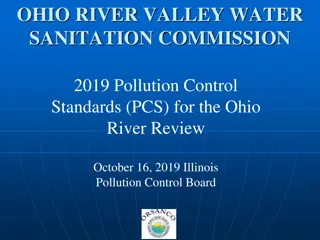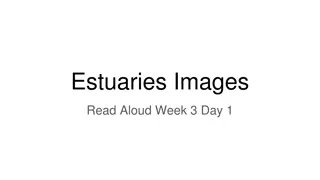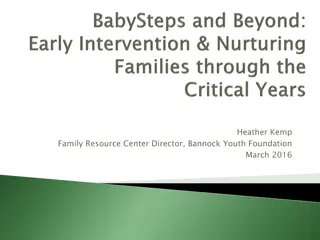Anacostia River Tributary Sediment Study 2018
This study focuses on analyzing bottom sediment samples from five major tributaries of the Anacostia River to determine concentrations of contaminants of concern (COCs) and identify possible point sources of pollution. The research aims to establish anthropogenic background concentrations, compare tributary data with reference areas, and refine understanding of environmental contamination in the Anacostia River watershed.
Download Presentation

Please find below an Image/Link to download the presentation.
The content on the website is provided AS IS for your information and personal use only. It may not be sold, licensed, or shared on other websites without obtaining consent from the author. Download presentation by click this link. If you encounter any issues during the download, it is possible that the publisher has removed the file from their server.
E N D
Presentation Transcript
Anacostia River 2018 Tributary Background Study
Purpose of the NPS Anacostia River Tributary Sediment Sampling 2 Provide data to determine concentrations of COCs in bottom sediment located upstream of the tidal Anacostia River to assist in determination of anthropogenic background concentrations. Provide evidence of possible point sources of COCs located upstream of ARSP area. To address comments received on RI regarding use of Potomac River Reference Area to determine background concentrations of COCs. EPA Definition of Anthropogenic Background Human-made substances present in the environment as a result of human activities (not specifically related to the CERCLA release in question) (Role of Background in the CERCLA Cleanup ProgramApril 26, 2002)
USGS Tributary Study 3 Work Completed by USGS in 2017 indicated the following five tributaries are responsible for majority of flow into tidal Anacostia River: Northwest Branch Northeast Branch Lower Beaverdam Creek Watts Branch Hickey Run Lower Beaverdam Creek found to contain highest level of PCBs in suspended sediments.
4 Potomac Reference Area Tidal Anacostia River
NPS Background Tributary Study 5 Collected bottom sediment samples (top 6 inches of sediment) from the five major tributaries Comparable to surface sediment samples collected during RI in Anacostia and Potomac Reference Area Analyzed for following COCs: PCB Congeners Dioxins and Furans Parent and alkylated PAHs Pesticides Mercury Also analyzed for TOC and grain size
NPS Background Tributary Study 6 Total of 64 samples collected from 55 locations week of November 26th Sample collection biased for fine grained material
Statistical Analysis of Data 9 Compare sample results within each tributary to consider influence from suspected point sources. Filter data set to remove obvious point source bias/influence for each COC. Compare tributary data to Anacostia River and Potomac River reference area data to potentially refine anthropogenic background concentrations.
10 Schedule Unvalidated laboratory data due December 2018 Validated data due early March 2019 NPS will prepare report summarizing sampling results and will work with DOEE to incorporate results into RI and FS as appropriate Draft report completed May 2019


